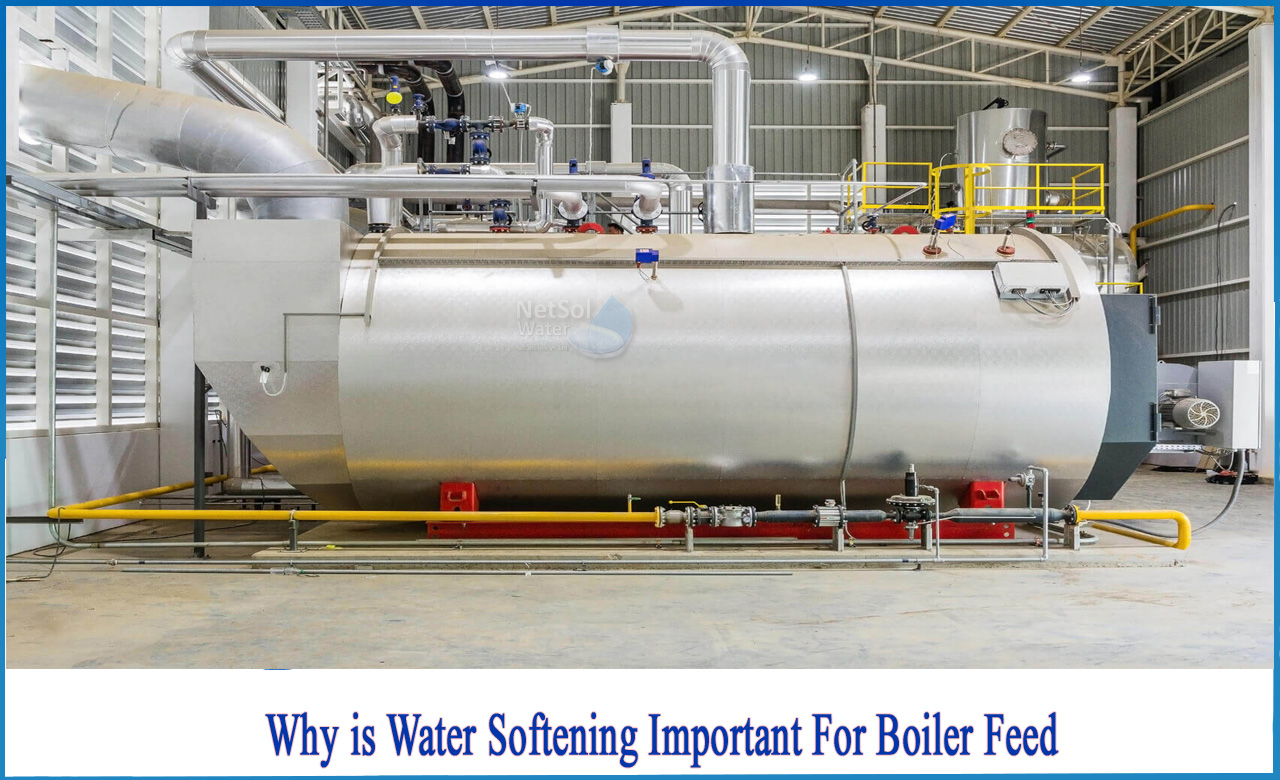Why is water softening important for boiler feed?
Boiler feed water is a critical component of boiler operation. A feed pump delivers feed water to the steam drum. The heat in the steam drum converts the feed water into steam. After the steam has been used, it is dumped into the main condenser. It is then pumped from the condenser to the de-aerated feed tank. From here, it returns to the steam drum to complete its cycle. The feed water is never exposed to the elements. This is referred to as a closed system or Rankine cycle.
Boilers gradually lose efficiency as they are used. Inefficient boilers raise the cost of electricity, gas, and maintenance. Improper water treatment is one of the leading causes of decreased boiler performance. Treatment is an essential component of any boiler maintenance plan. Including a water softener in your maintenance plan can help keep your boiler in good working order.
OBJECTIVES OF TREATMENT OF BOILED FEED WATER
The boiler water must be alkaline and not acidic in order to avoid corroding the tubes. When there are too many dissolved solids in the feed water, there can be too much conductivity. These proper treatments can be managed by an efficient operator and the use of treatment chemicals. The primary goals of treating and conditioning boiler water are to exchange heat without scaling, prevent scaling, and produce high-quality steam.
CHEMICAL PROCESS WITHIN WATER SOFTENER
Ions that are "positively" charged include magnesium, iron, and calcium. Positively charged ions react with negatively charged ions, causing minerals to adhere to the inner wall of the boiler. This process results in scaling. A water softener will remove positively charged ions from the liquid using resin beads to prevent scaling. After sitting in a brine containing salt and potassium, both of which are negatively charged minerals, the beads acquire a negative charge. As the liquid flows through the resin tank, positively charged ions are attracted to negatively charged beads and are drawn out of the mixture. This ion exchange process can remove a significant amount of negatively charged ionic particles, resulting in softer water.
CLEANING PROCESS IN A WATER SOFTENER
The regeneration cycle liberates negatively charged ions from the resin beads, allowing them to continuously remove hardness from the water. The regeneration process involves flushing out the solids, introducing new brine, and washing the resin beads through the new brine to recharge them. This cleaning procedure takes approximately one to two hours.
One or two brine tanks can be used in regeneration systems. Because there are two tanks, one set of beads is always working and cleaning, reducing downtime. With only one tank, the hard water and brine must be flushed and replaced on a regular basis to remove hardness and regenerate the beads.
CONCLUSION
Only soft water should be fed into your boiler. If you do not use your boiler properly, it is a matter of when, not if, your equipment will require repairs and maintenance. Using a water softener installed by NETSOL WATER is essential to preserving your boiler and ensuring that you get the most out of it.
Netsol Water is Greater Noida-based leading water & wastewater treatment plant manufacturer. We are industry's most demanding company based on client review and work quality. We are known as best commercial RO plant manufacturers, industrial RO plant manufacturer, sewage treatment plant manufacturer, Water Softener Plant Manufacturers and effluent treatment plant manufacturers. Apart from this 24x7 customer support is our USP. Call on +91-9650608473, or write us at enquiry@netsolwater.com for any support, inquiry or product-purchase related query.



